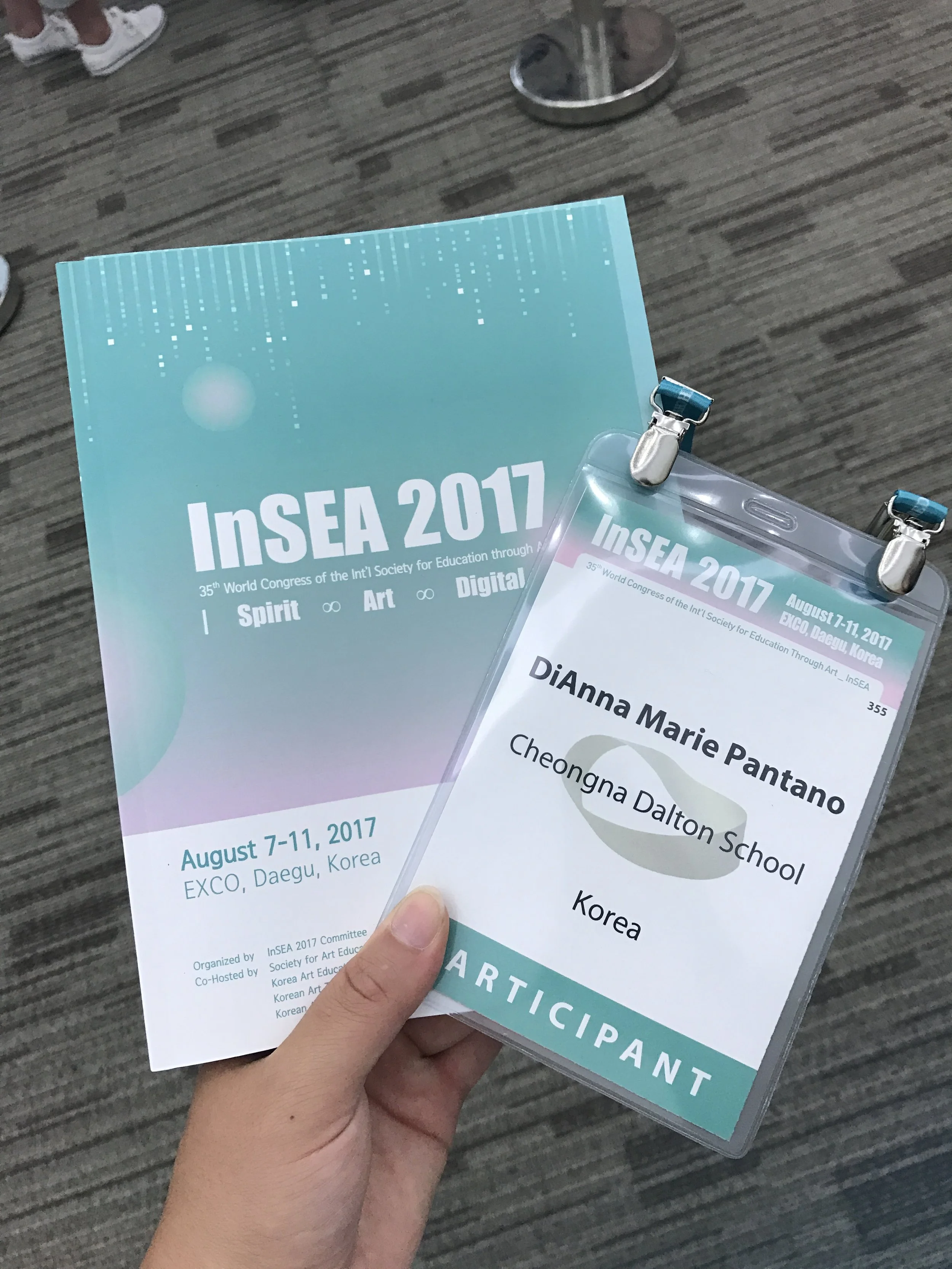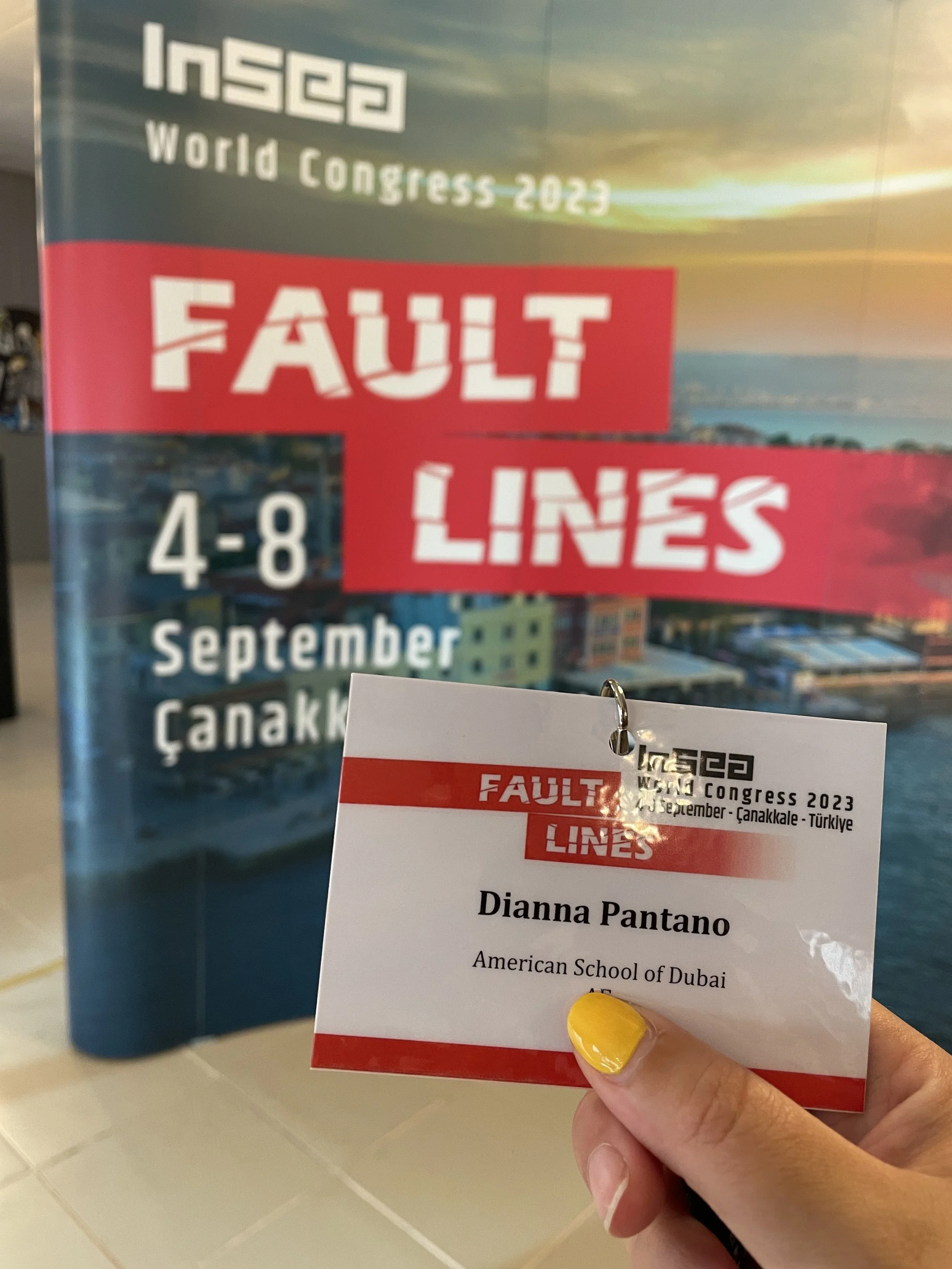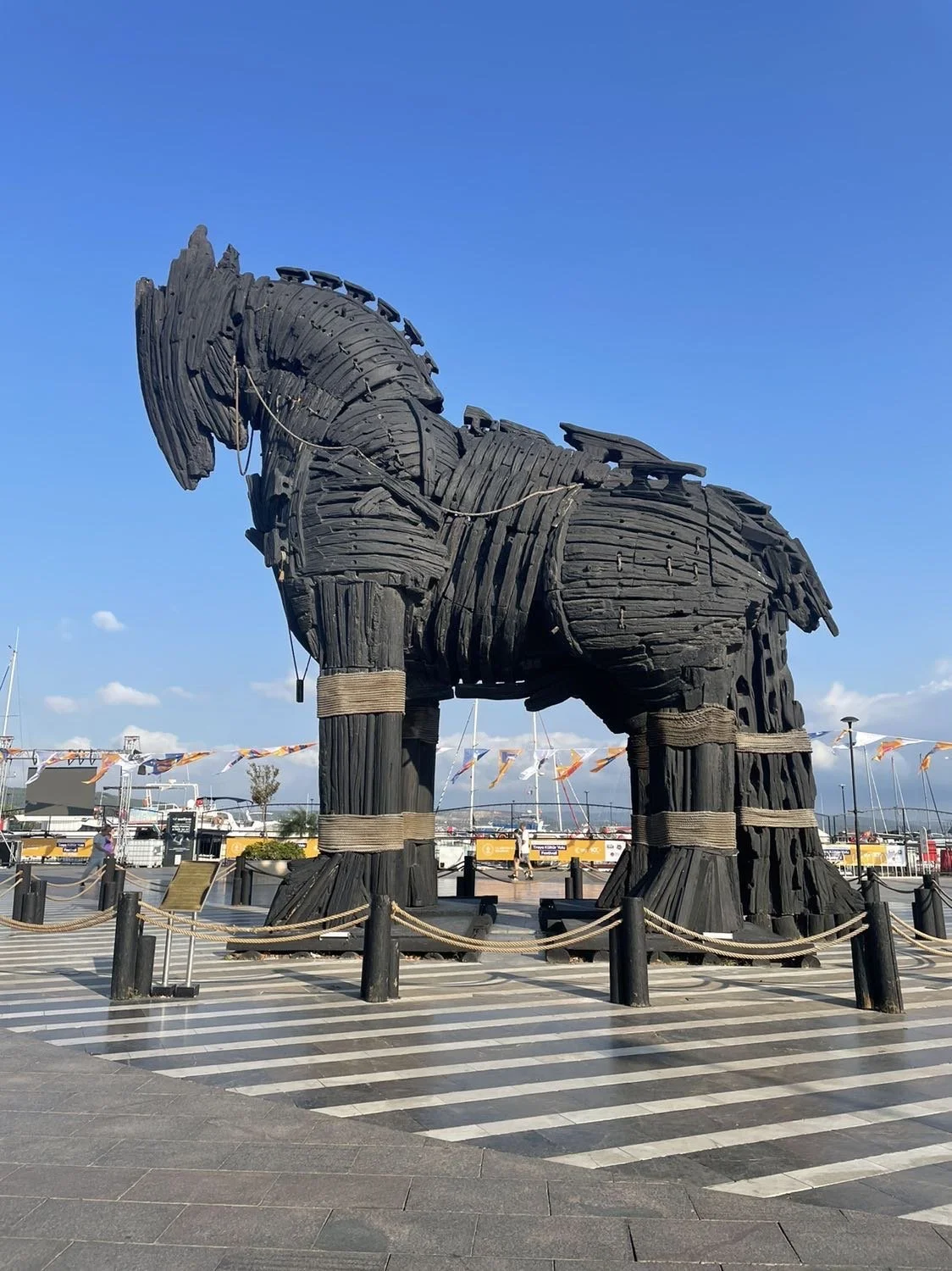A week in çanakkale, TÜRKIYE
Close to a year or so ago now, the International Society for Education Through Art (InSEA) announced the theme for their 37th Global Congress, Fault Lines, to be hosted in Çanakkale, Türkiye. I had attended one prior congress in 2017 as a participant, but after connecting so much with the theme for the 2023 event, I was keen to submit a workshop proposal.
”The definition of a Fault Line is a break or fracture in the ground that occurs when the Earth's tectonic plates move or shift. What is the relationship between art education and geological processes? At first glance, some might think: Not much. One concerns the opening of the mind, stretching beyond traditional pathways, growing creatively and intellectually. The other is as old, rock-solid, and unpredictable as Earth itself. While not as dramatic as geological shifts and their looming pressure for change, the shifts in perspective of educators, researchers, students, and artists are central to developing new ways of knowing through the arts and affect a complex world.
The metaphor of Fault Lines implies the power of a line. It’s both, an infinitely malleable form and metaphor for the borders and divisions that make up our world. As we struggle with the symptoms of a divided society, armed conflicts, large-scale displacement of human populations, increasing wealth gaps within and between nations, educational inequality, accelerating climate change, and the challenging role of arts in times of popularism, it becomes even more urgent to reflect on these conditions and offer possibilities of coming together and break new ground. “ - InSEA2023 Website
This topic really resonated with me, especially thinking in the context of the sub-theme, "art, education and sustainability”and my ongoing examination of what sustainability means in an art education context. Considering this, I felt the congress would be a perfect opportunity to propose a variation of Art to Earth to run as a studio workshop and explore that line that ceramics stratles as a medium which can both be highly and minimally sustainable.
I was lucky enough to be selected to run a session. So, off to Çanakkale I went!
InSEA 2017
This was my first time attending an InSEA event with my art colleagues in Daegu, South Korea.
InSEA 2023
Six years later, and I am back as a presenter in Çanakkale, Türkiye.
Throughout the week I attended a number of workshops and lectures by other artists, educators, and professors of art education. There were a lot of thought provoking conversation surrounding the various fault lines in fields, and the overall passion and enthusiasm from everyone there was just so invigorating. Some of the conversations I most enjoyed were presenters discussing their research on art education “post pandemic”, looking at Twitch and streaming platforms as pedagogy, and I was lucky enough to have a pottery lessons from a professor at Çanakkale Onsekiz Mart University- learning about traditional Çanakkale forms.
Then, midweek was my session, Returning Art to Earth Through Sustainable Practices in Ceramics! This was a small scale version of the Art to Earth project that I am currently exploring, and inviting others to explore in their own contexts. The workshop started with a conversation around the sustainability of ceramics, asking participants to consider ceramics on a linear scale of highly sustainable to minimally sustainable, and see where we fell. As often happens when I ask this question, the results are a bit of a scatter plot with various notes about where it stands at all stages. A participant asked, “are we talking ceramics before or after decoration (firing)”, which was a great starting point for the larger discussion around when clay crosses the threshold from being recyclable, arguably sustainable, to arguably unsustainable.
From there the project concept was introduced and we got to work mixing in seeds to create our bespoke claybody. Some participants were inspired by the concept of working with local materials, and headed outside to gather some dried plants for decorative and functional purposes. One decided to create more or less “eco bombs” or local seeds, using the leaves to catch wind and take them further off campus (image #3 below). The majority work sculpturally creating pieces inspired by the week, and our time in Çanakkale. These pieces were “gifted” back to the earth, and placed around the campus to remain for however long they remained. With some good rain over the week, one can only suspect thee pieces have started to deteriorate, and the seeds starting to germinate.
The group who attended my session were a mixture of teachers, artists, and professors, with various backgrounds in education, studio arts, and sustainability focused studies/initiatives. I have to once again extend a thank you to all participants, because the positively brought to the session was palpable, and the conversations throughout about these ideas of sustainable practices in ceramics were so valuable. So, thank you again if you are reading this!
I have to as well extend another thank you to a few key people who helped me in arranging access to local clay/seeds. Ms. Elif Berkel, and Dr. Martina Riedler.
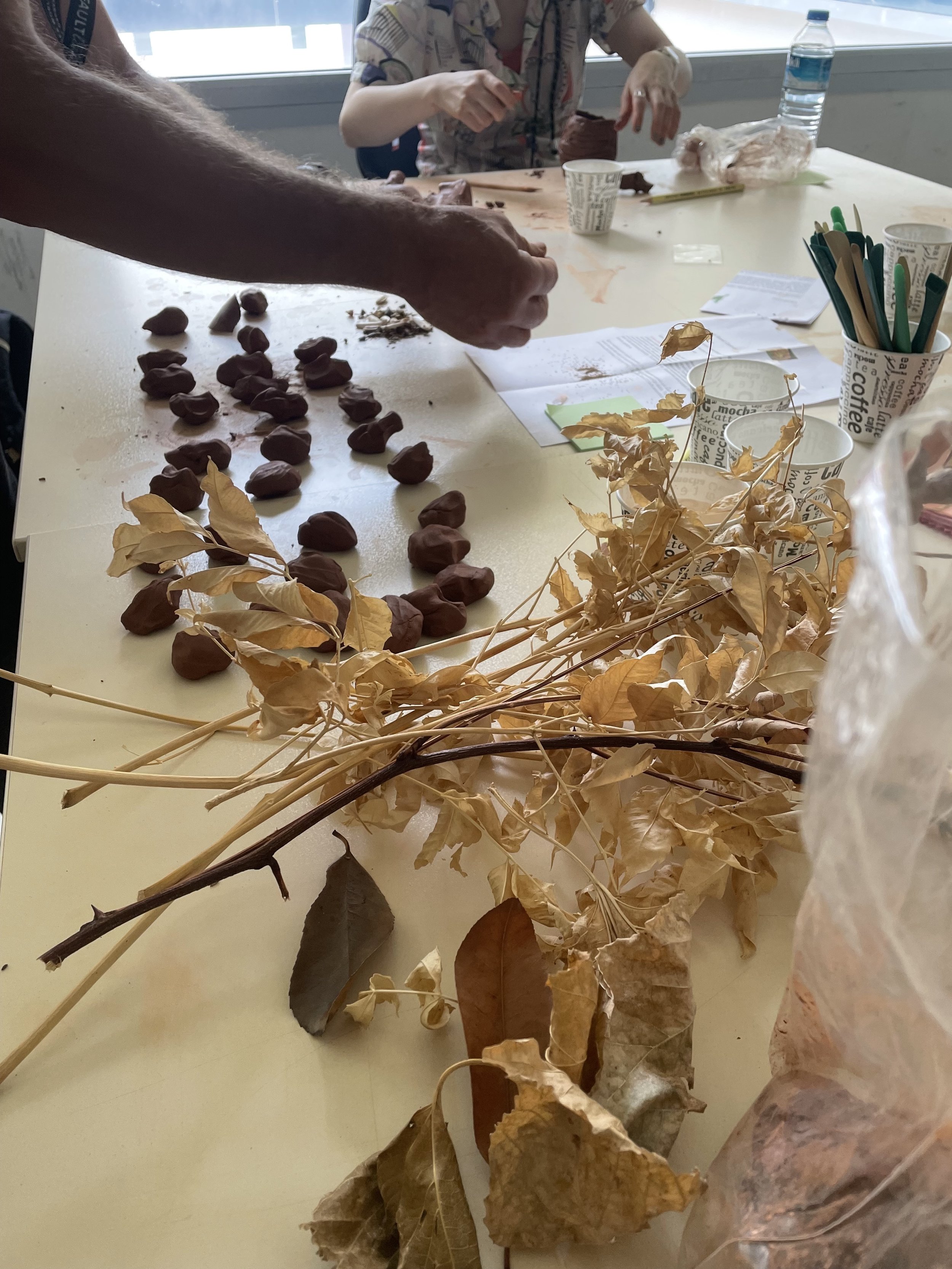
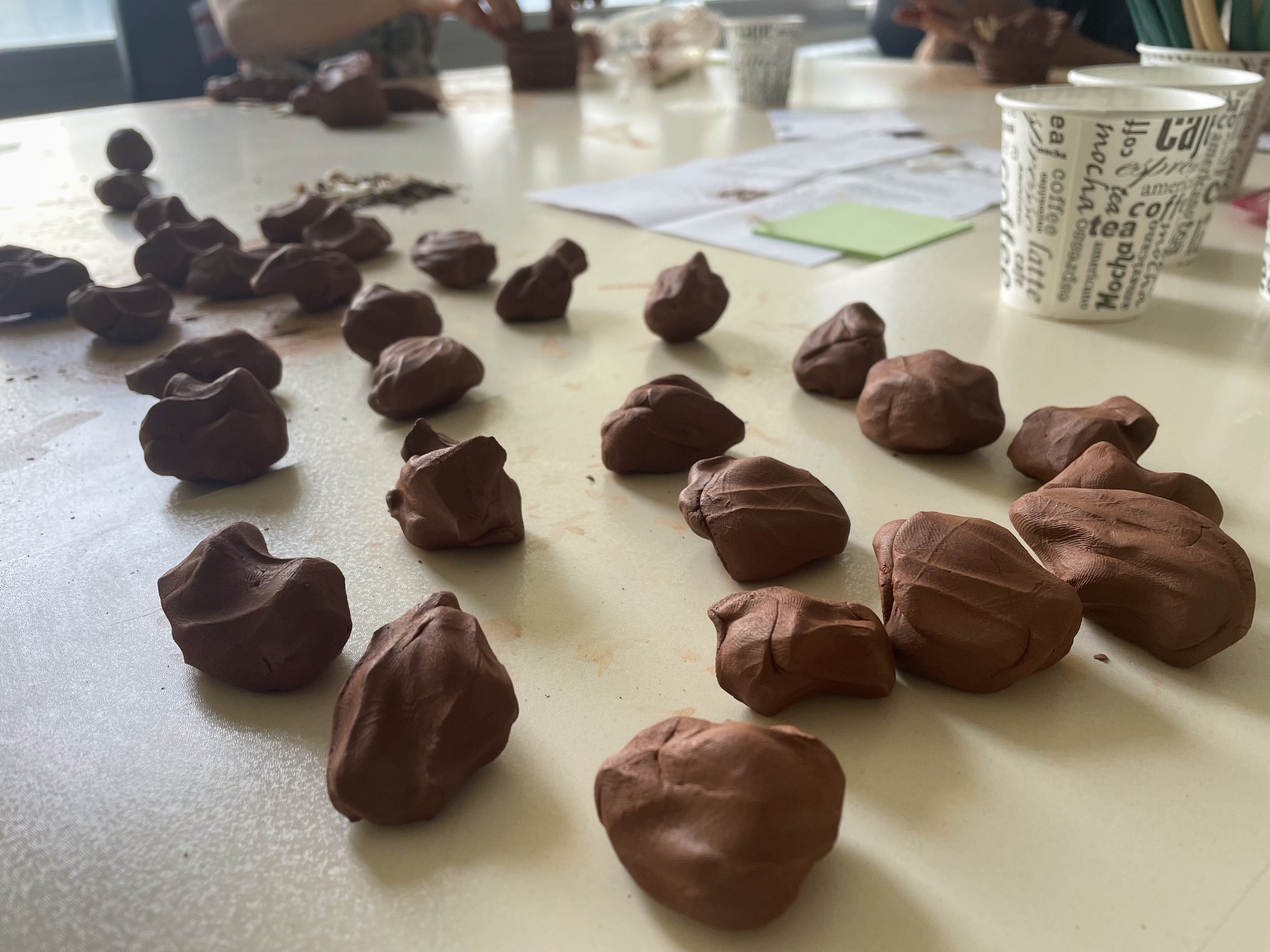

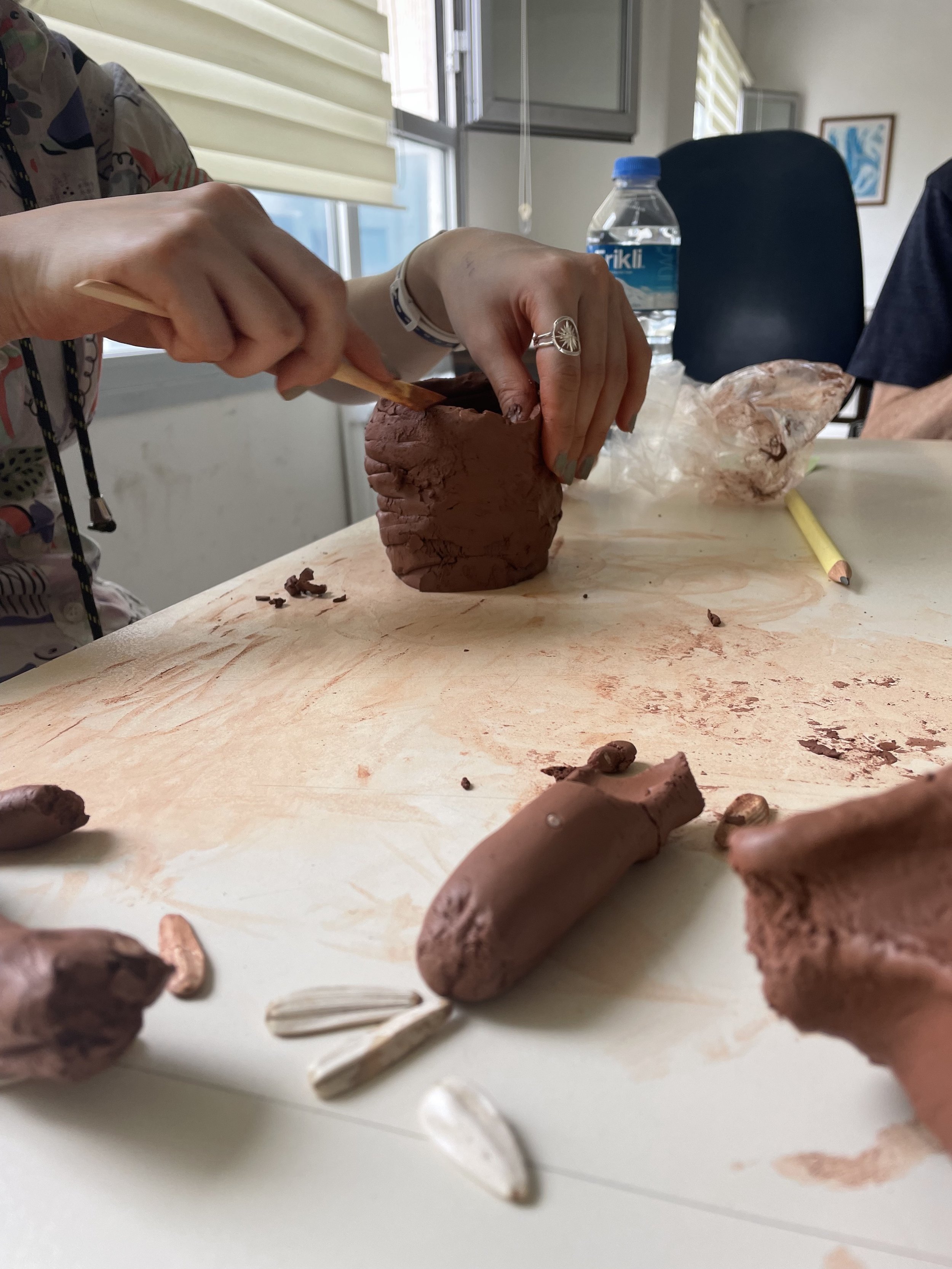

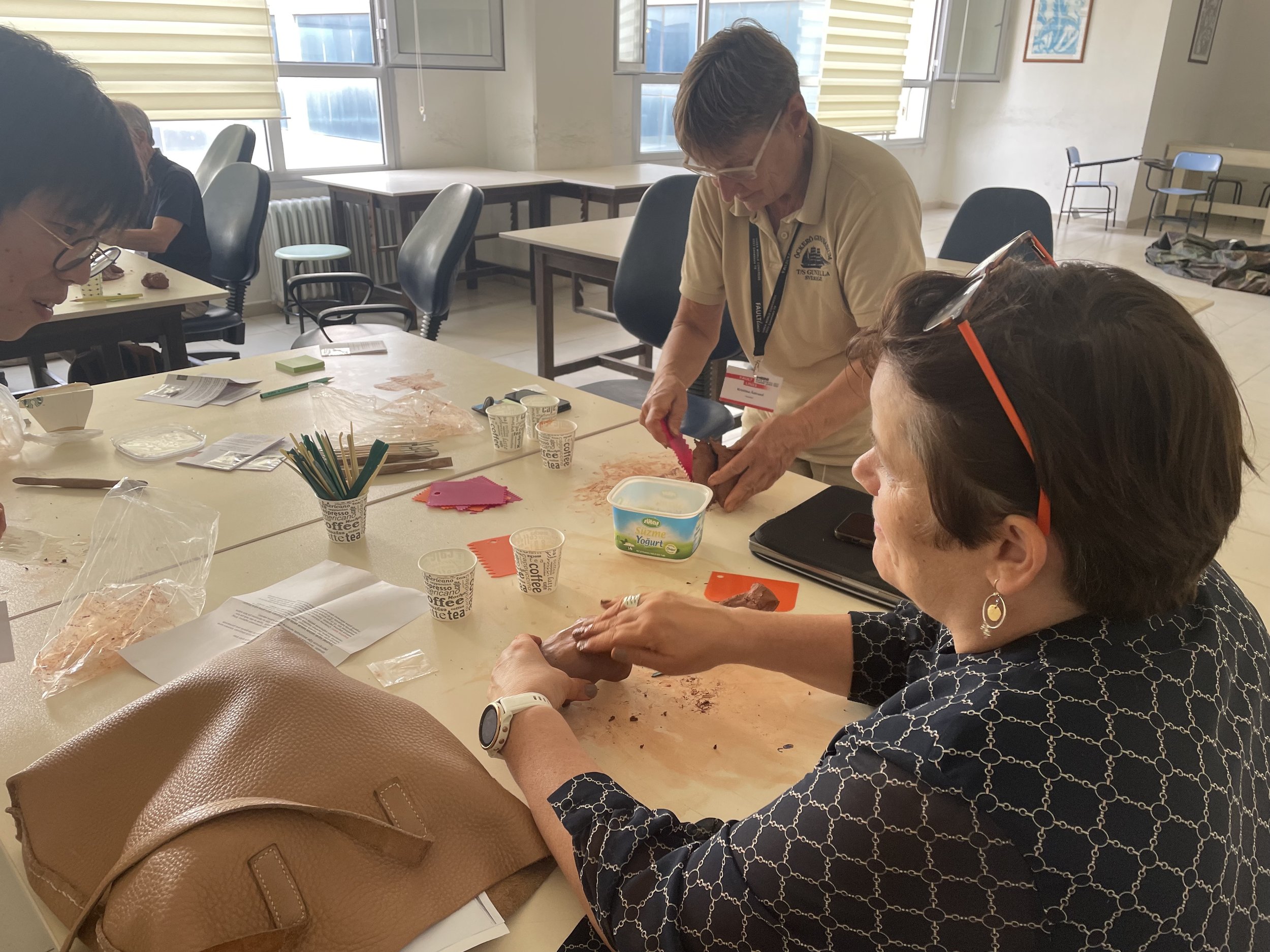
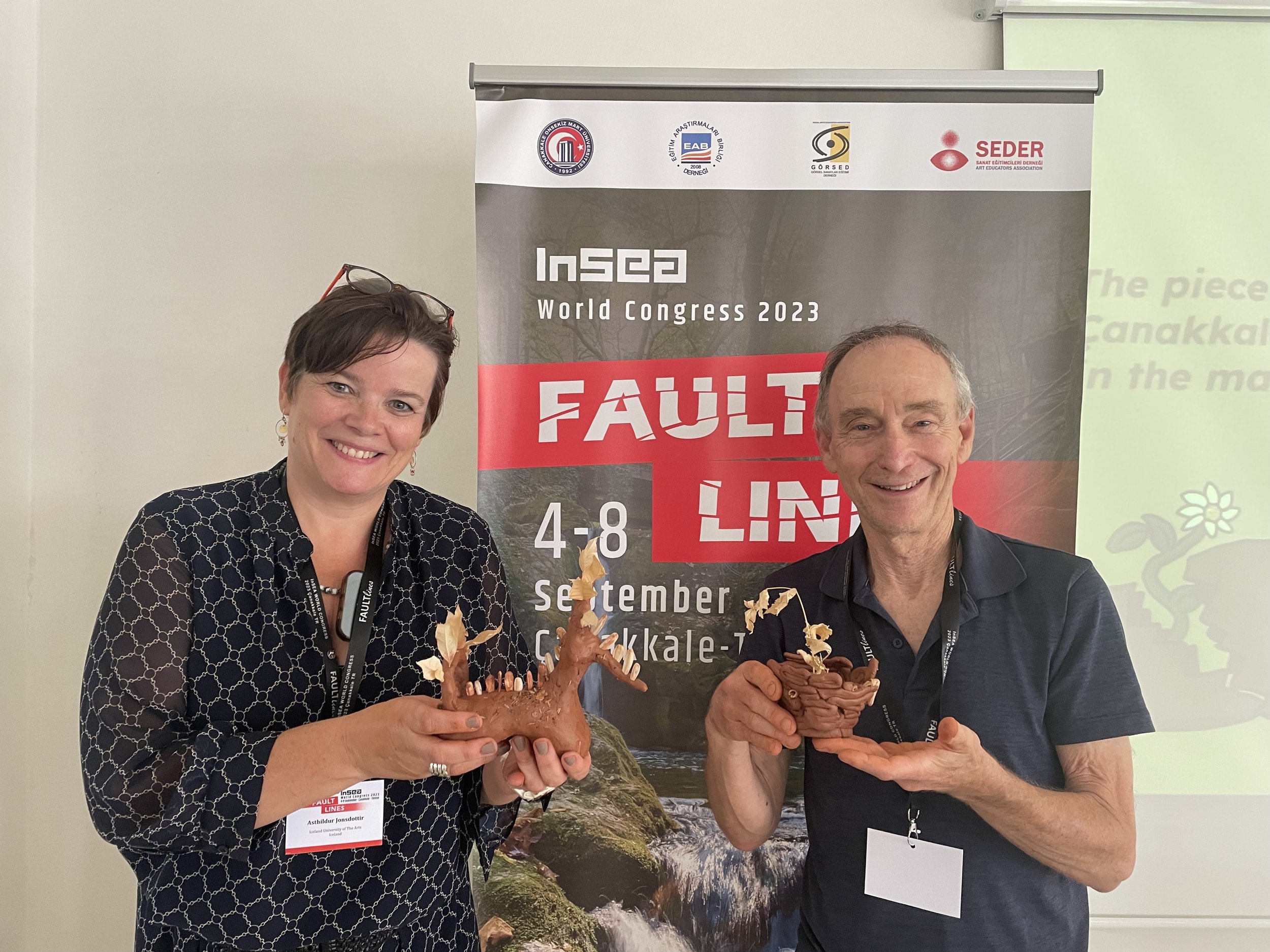
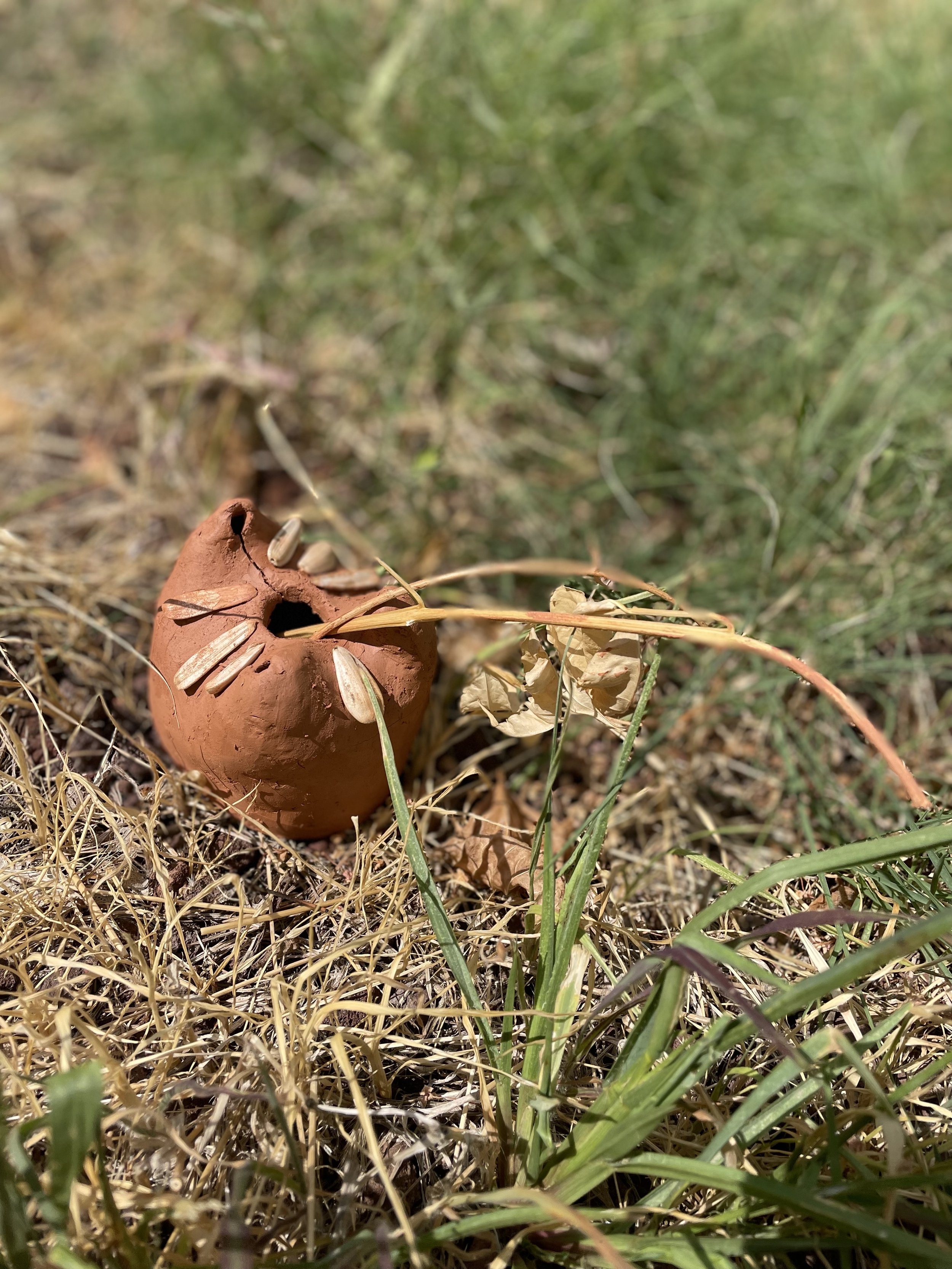
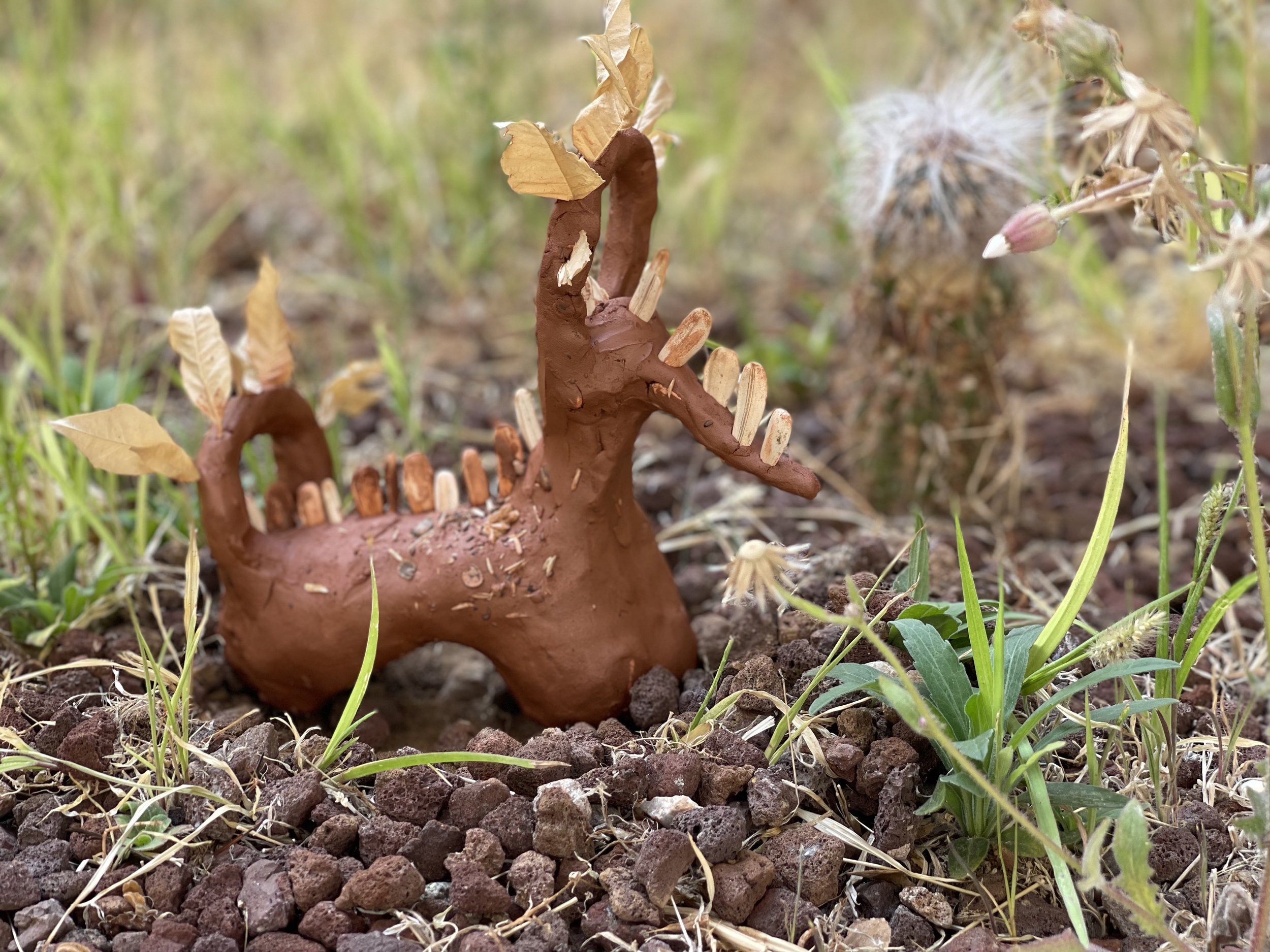
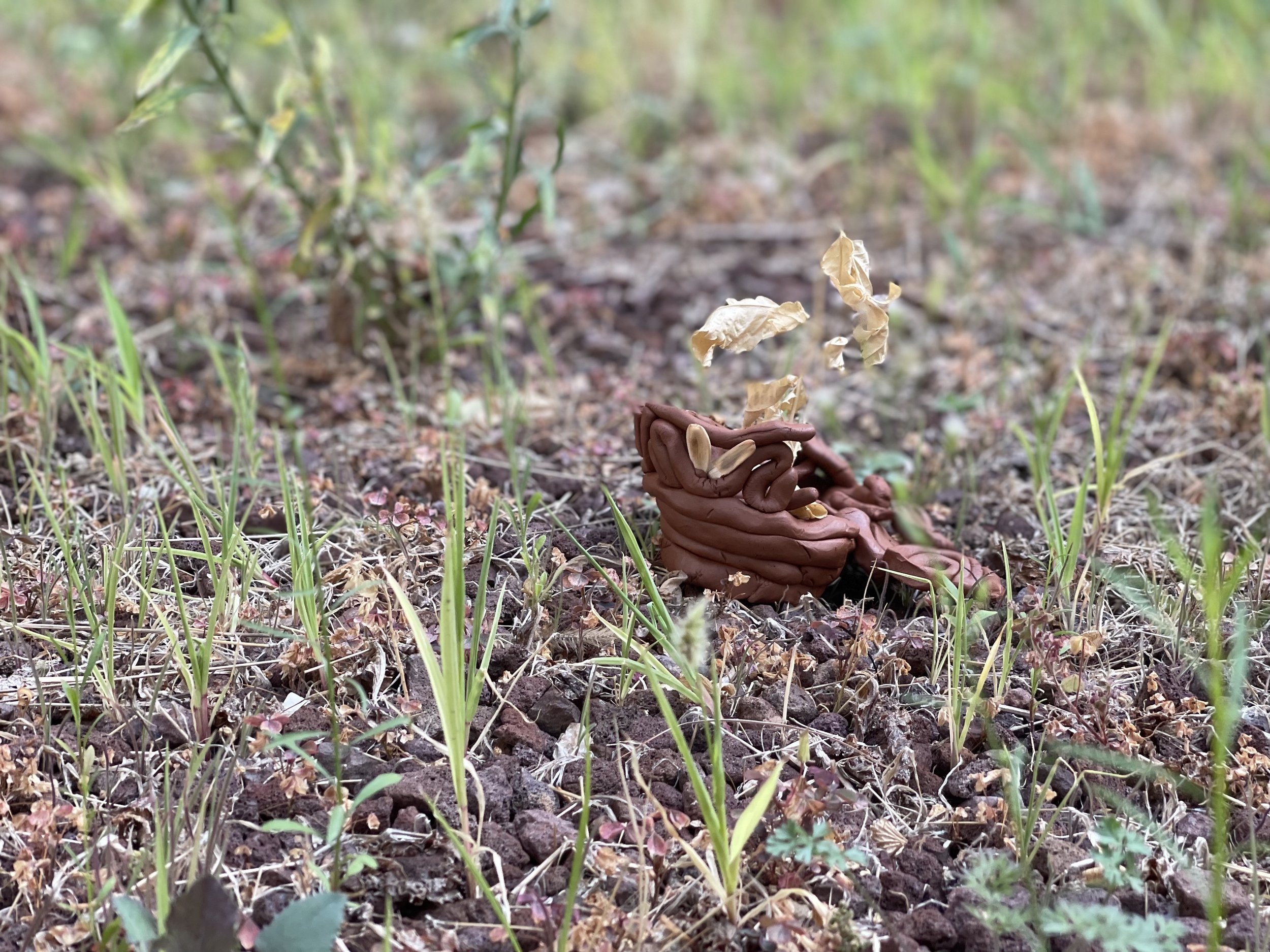
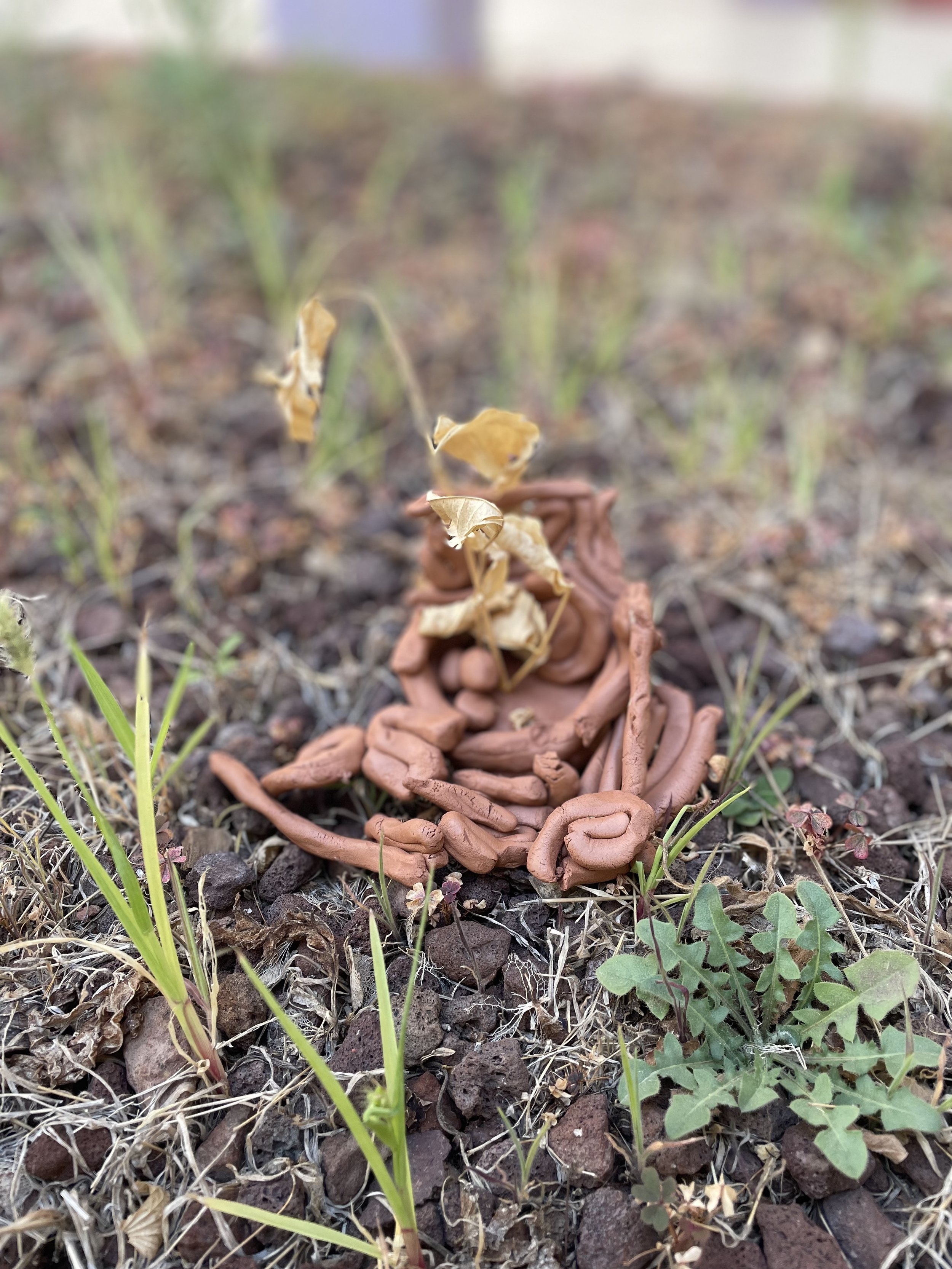
Çanakkale was a gorgeous laid back city, with a lovely coast, and delicious, fresh food. Hello, midye dolma! I really enjoyed my time there, both as a participant in the congress, and as a tourist in this part of Türkiye. As a bit of a history buff, I was chuffed to be in historic Troy, and dive into the city’s rich history of ceramics. I look forward to the next time I can visit this city, and cannot wait to find out the next location for the 38th InSEA Congress!
